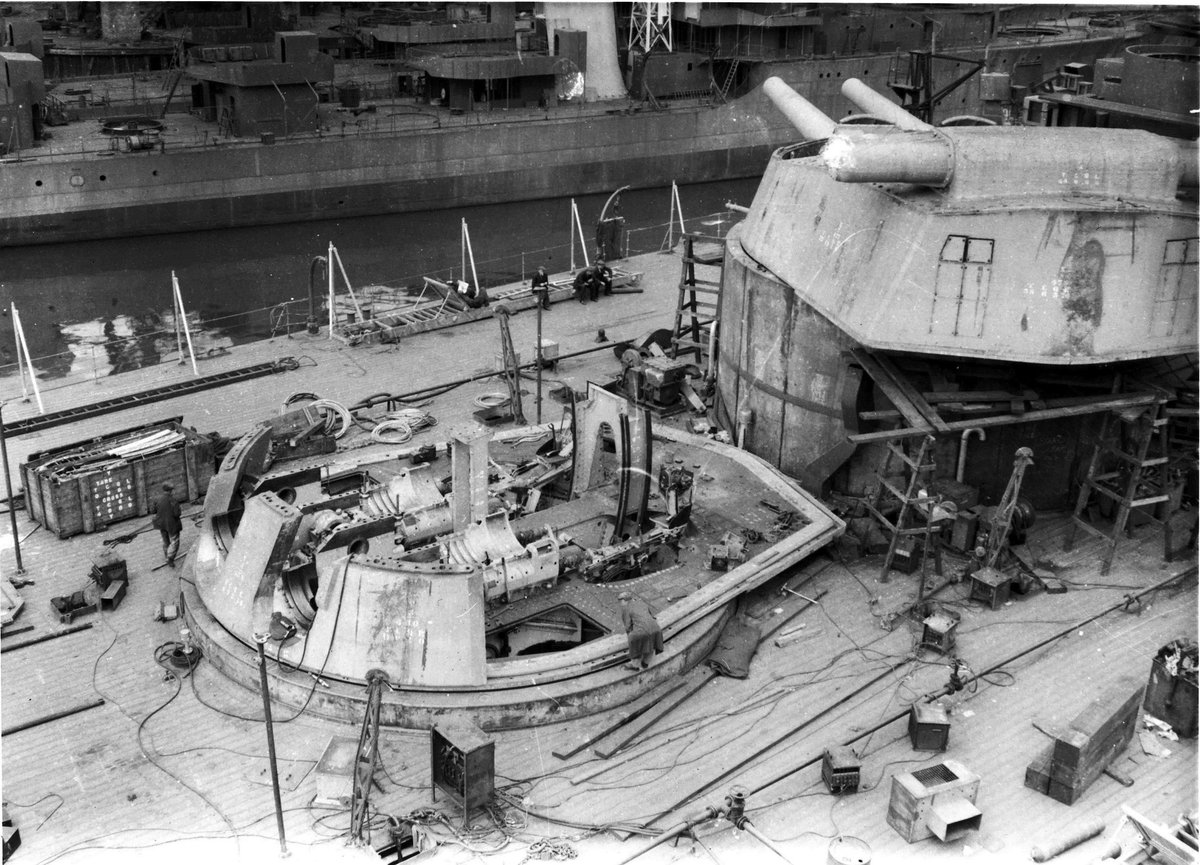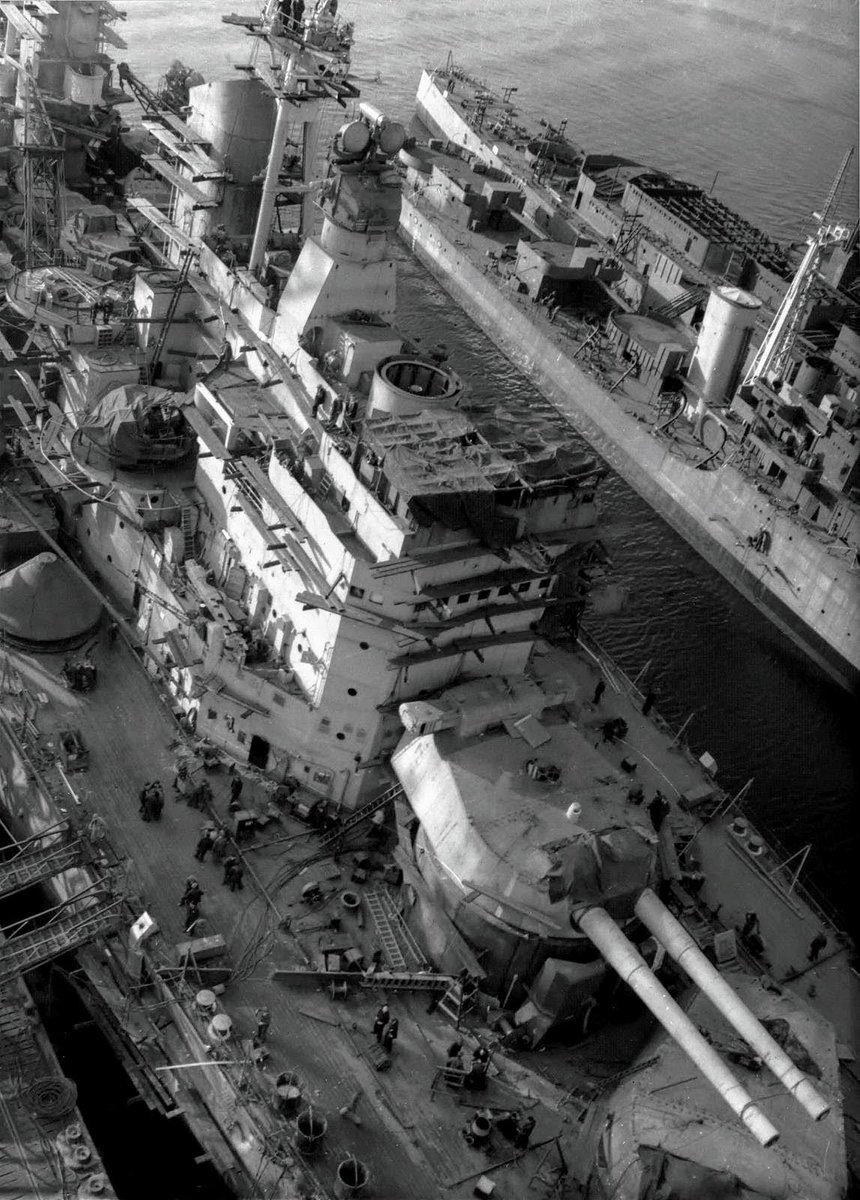Good morning everyone it's Trafalgar Day! It is the 217th anniversary of the Battle of Trafalgar in 1805.
At 8am morning colours will be raised on HMS Victory followed by the famous 'England Expects' signal from the Battle of Trafalgar!
#TrafalgarDay Thread 🧵
At 8am morning colours will be raised on HMS Victory followed by the famous 'England Expects' signal from the Battle of Trafalgar!
#TrafalgarDay Thread 🧵

Morning Colours on HMS Victory on Trafalgar Day, with the raising of the White Ensign.
#TrafalgarDay
#TrafalgarDay
The famous signal ‘England Expects That Every Man Will Do His Duty” is raised on board HMS Victory.
The signal was issued to Lt.Pasco by Vice Admiral Nelson the morning of the battle.
#TrafalgarDay
The signal was issued to Lt.Pasco by Vice Admiral Nelson the morning of the battle.
#TrafalgarDay
With the construction of the conservation scaffold this year over the midships of HMS Victory it is not fully visible in the video below.
Here is how the signal is read because of these changes, this photograph was taken in 2021.
#TrafalgarDay
Here is how the signal is read because of these changes, this photograph was taken in 2021.
#TrafalgarDay

The ceremony takes place on the Quarter Deck, with Nelson's Prayer read out by the Second Sea Lord who also lays a wreath on the spot where Nelson fell.
(Now under the scaffold roof, which should avoid the parade getting wet if it rains)
#TrafalgarDay
(Now under the scaffold roof, which should avoid the parade getting wet if it rains)
#TrafalgarDay

The current CO of HMS Victory, Second Sea Lord lay wreaths on the Orlop Deck where Nelson died.
#TrafalgarDay
#TrafalgarDay

The ceremony is conducted before the ship opens to the public, and the signal stays up throughout the day.
#TrafalgarDay
#TrafalgarDay

I will not be doing a shot-by-shot account of the Battle of Trafalgar.
However if you wish to read one please see @kejamieson_ excellent thread below;
However if you wish to read one please see @kejamieson_ excellent thread below;
https://twitter.com/kejamieson_/status/1186167778459488257?s=20&t=p0WEStPMdT3e9SoXXWefrg
Thank you for joining this year's Trafalgar Day thread!
HMS Victory is undergoing a large conservation project, which includes the hull replanking, in our conservation scaffold you're able to see the work up close, see link below;
historicdockyard.co.uk/site-attractio…
HMS Victory is undergoing a large conservation project, which includes the hull replanking, in our conservation scaffold you're able to see the work up close, see link below;
historicdockyard.co.uk/site-attractio…
For #TrafalgarDay the @NatMuseumRN has put on display letters written by Vice Admiral Lord Nelson, some of which have never been displayed before. This exhibition can be seen at @NatMuseumRN at @PHDockyard as well as online too.
https://twitter.com/NatMuseumRN/status/1583379318713245696
• • •
Missing some Tweet in this thread? You can try to
force a refresh










